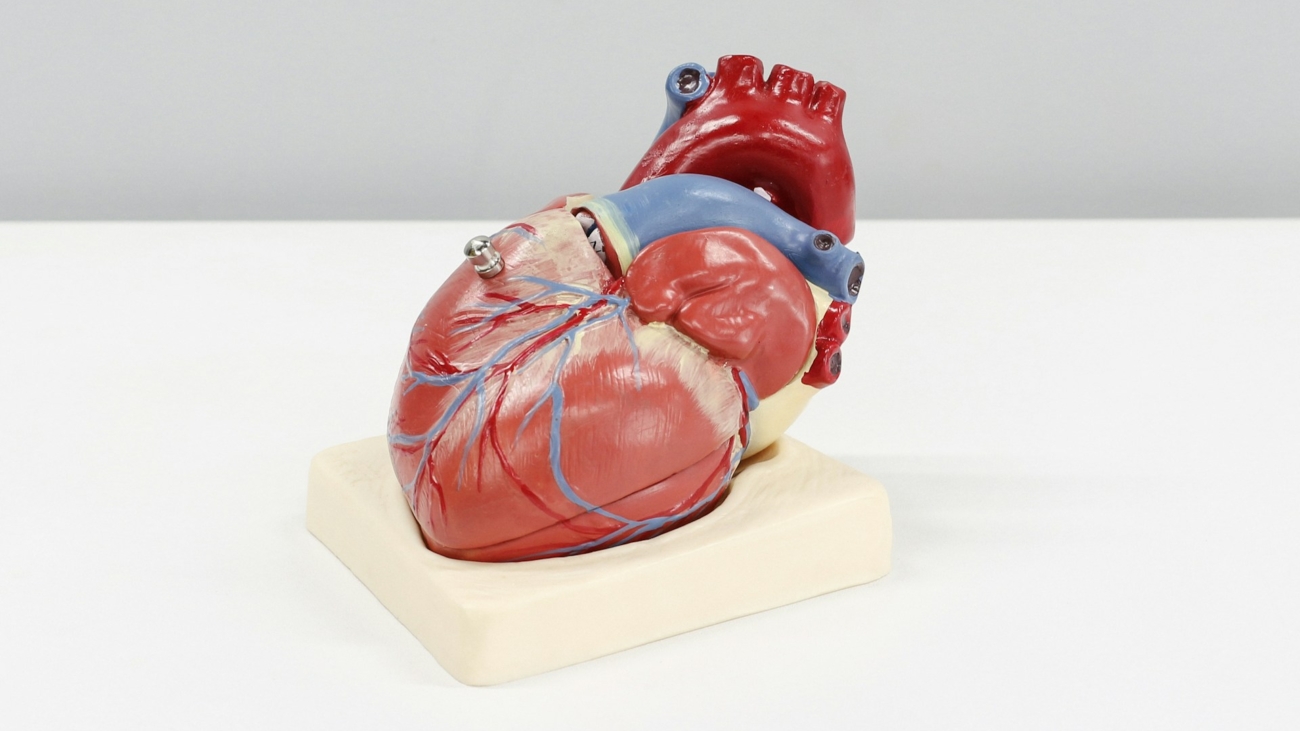Heart rate variability (HRV) analysis has emerged as a pivotal tool in understanding and managing health, particularly through the use of advanced wearable technology. By measuring the variation in time between each heartbeat, HRV provides valuable insights into an individual’s autonomic nervous system (ANS) function, stress levels, and overall heart health. This article explores the technological spread and impact of HRV analysis in wearables, highlighting its benefits and potential for transforming health management.
Understanding Heart Rate Variability
Heart rate variability refers to the fluctuations in the intervals between consecutive heartbeats, known as R-R intervals. Unlike the heart rate, which measures the number of beats per minute, HRV assesses the variation in time between beats. High HRV is generally associated with good cardiovascular health, greater resilience to stress, and a well-functioning autonomic nervous system. Conversely, low HRV can indicate stress, fatigue, and potential cardiovascular issues.
Technological Integration in Wearables
Recent advancements in sensor technology, data analytics, and machine learning have facilitated the integration of HRV analysis into wearable devices. These wearables, such as smartwatches and fitness trackers, continuously monitor heart rate and calculate HRV, providing real-time insights to users and healthcare providers. Key technological components include:
- Optical Sensors: Using photoplethysmography (PPG) technology, optical sensors in wearables measure blood flow changes to detect heartbeats. Advanced algorithms then calculate the R-R intervals to determine HRV.
- Data Analytics: Sophisticated data analytics tools process the heart rate data to calculate HRV. These tools can filter out noise and artifacts, ensuring accurate and reliable measurements.
- Machine Learning Algorithms: Machine learning algorithms analyze HRV data to identify patterns and trends, providing personalized insights and predictions regarding an individual’s health and stress levels.
- User-Friendly Interfaces: Wearables come with companion apps that present HRV data in an intuitive, easy-to-understand format. Users can view their HRV trends over time, set health goals, and receive actionable insights.
Applications and Benefits
- Stress Management: HRV is a reliable indicator of stress. Wearables that measure HRV can alert users to elevated stress levels, prompting them to engage in relaxation techniques such as deep breathing, meditation, or physical activity.
- Autonomic Nervous System Insights: HRV analysis provides insights into the balance between the sympathetic (fight-or-flight) and parasympathetic (rest-and-digest) branches of the ANS. This information is crucial for understanding how well the body responds to stress and recovers from it.
- Cardiovascular Health Monitoring: Regular HRV monitoring helps detect early signs of cardiovascular problems. Low HRV can be an early indicator of heart disease, allowing for timely medical intervention.
- Fitness and Recovery: Athletes and fitness enthusiasts use HRV to optimize their training routines. HRV data helps them understand when their bodies are ready for intense workouts and when they need rest and recovery.
- Sleep Quality Assessment: HRV analysis during sleep provides insights into sleep quality and recovery. Wearables can detect disruptions in sleep patterns and suggest improvements for better rest.
- Chronic Disease Management: For individuals with chronic conditions such as diabetes or hypertension, HRV monitoring offers valuable feedback on how well they are managing their health and how their bodies are responding to treatments.
Technological Spread and Adoption
The integration of HRV analysis into wearables has seen significant growth, driven by increasing consumer interest in health and wellness. Several factors contribute to the widespread adoption of this technology:
- Affordability: The cost of wearables has decreased, making them accessible to a broader population. This affordability encourages more people to adopt the technology for health monitoring.
- Awareness: Growing awareness of the importance of stress management and cardiovascular health has led to increased interest in HRV monitoring. Consumers are more informed about the benefits of tracking HRV.
- Improved Accuracy: Advances in sensor technology and data analytics have improved the accuracy of HRV measurements, building consumer trust in the reliability of wearables.
- Integration with Healthcare: Healthcare providers are increasingly incorporating HRV data into their patient care strategies. Remote monitoring programs use wearables to track patients’ HRV and provide personalized recommendations.
- Fitness Industry Adoption: The fitness industry has embraced HRV monitoring as a tool for optimizing training and recovery. Fitness apps and wearables that offer HRV analysis are popular among athletes and fitness enthusiasts.
Future Prospects
The future of HRV analysis in wearables looks promising, with several exciting developments on the horizon:
- Enhanced Algorithms: Continued advancements in machine learning and AI will lead to more sophisticated algorithms that provide deeper insights and more accurate predictions based on HRV data.
- Integration with Other Health Metrics: Wearables will increasingly integrate HRV analysis with other health metrics, such as blood pressure, glucose levels, and sleep patterns, providing a comprehensive view of an individual’s health.
- Personalized Health Insights: Future wearables will offer even more personalized health insights, using HRV data to tailor recommendations for stress management, fitness, and overall well-being.
- Remote Healthcare: The integration of HRV data with telehealth platforms will enhance remote healthcare services, allowing healthcare providers to monitor patients’ health in real-time and intervene when necessary.
Conclusion
The technological advancement of heart rate variability analysis in wearables represents a significant leap forward in health monitoring and management. By providing real-time insights into stress levels, autonomic nervous system function, and cardiovascular health, HRV analysis empowers individuals to take proactive steps toward improving their well-being. As technology continues to evolve, the adoption and impact of HRV monitoring in wearables will only grow, offering new possibilities for personalized healthcare and enhanced quality of life.

